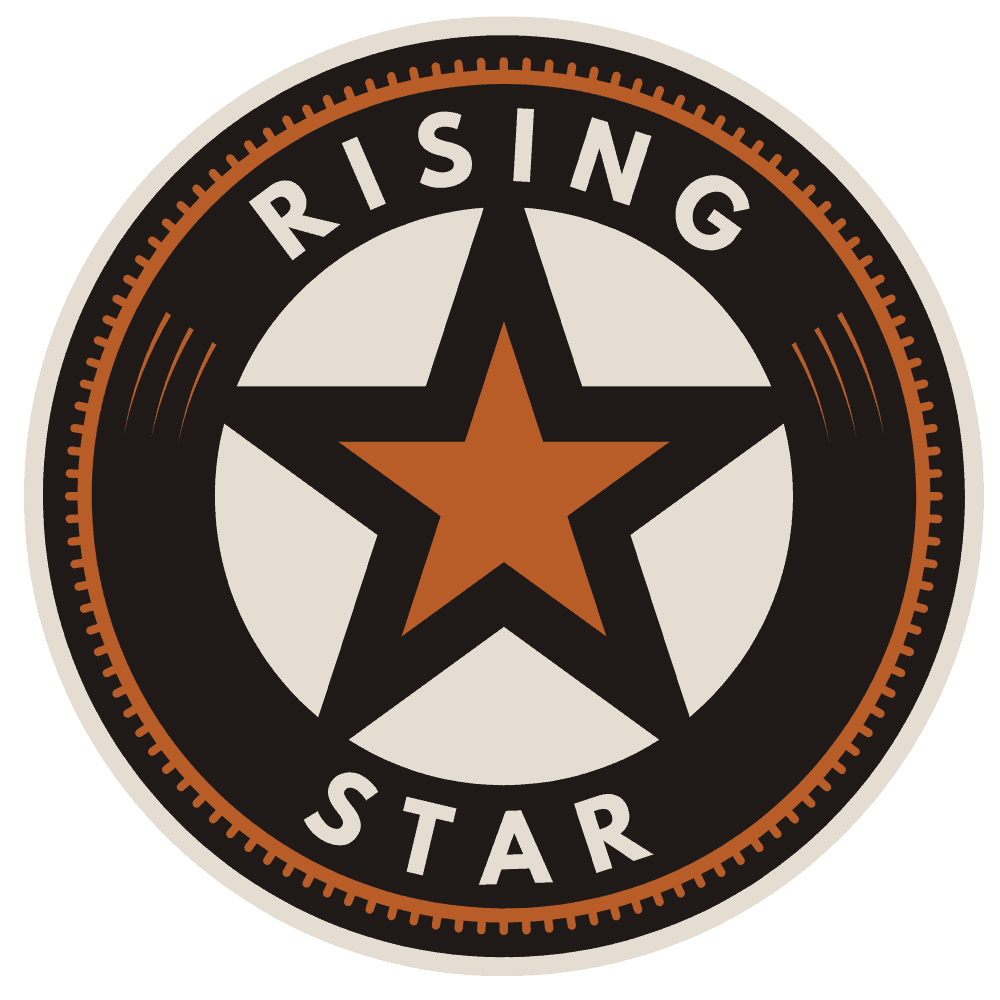Introduction to the Great Australian Bight Marine Park
The Great Australian Bight Marine Park, located off South Australia’s coast, is a stunning destination celebrated for its diverse marine life and distinctive landscapes. This marine park is a crucial calving and gathering site for the endangered southern right whales, making it a haven for whale enthusiasts. Spanning the continental shelf and extending into the deep ocean, the park is home to a variety of seafloor marine life and small fish species.
History of the Great Australian Bight Marine Park
The first European to explore this region was Pieter Nuyts in January 1627, followed by Antoine Bruni d’Entrecasteaux in December 1792. Early commercial activities, such as whaling and sealing, began around 1800 but eventually declined due to low yields. In 1931, whales in South Australia were granted protection. The South Australian Government established a 430 km² whale sanctuary in June 1995, with further protections added in 1996 and 1998. In 2012, the marine reserve became part of the Great Australian Bight Commonwealth Marine Reserve, ensuring maximum protection for the area.
How to Get to the Great Australian Bight Marine Park
To reach the Great Australian Bight Marine Park, visitors typically start at the Head of Bight Visitor Centre, a 20-minute detour from the Eyre Highway. From there, a boat is necessary to explore the marine park. Although the drive across the Nullarbor Plain is lengthy, it is well worth it for the exceptional whale watching opportunities.
Attractions in the Great Australian Bight Marine Park
- Whale Watching: The prime months for observing southern right whales are from June to October, when they gather to breed. The Head of Bight offers platforms for close-up views of these majestic creatures.
- Marine Fauna: The park hosts a rich array of marine life, including red algae, sea squirts, bryozoans, mollusks, and echinoderms, many of which are unique to the area.
- Australian Sea Lions: Previously challenging to spot due to their cliffside habitats, Australian sea lions are now more easily observed with the use of drones.
- Mirning and Wirangu People’s Sea Country: The park includes areas managed by the Mirning and Wirangu people, who hold responsibilities for Sea Country.
Ticket Information
Visitors planning activities such as diving or exploring specific areas within the Great Australian Bight Marine Park will need a permit. These permits can be obtained through environment.gov.au.
Tips for Visiting the Great Australian Bight Marine Park
- Best Time for Whale Watching: The optimal period for whale watching is from June to October.
- Safety Precautions: Exercise caution around the towering ocean cliffs during diving or recreational activities.
- Infrastructure: The Head of Bight is the only nearby infrastructure, offering visitor facilities and viewing platforms.
- Responsible Tourism: To protect southern right whale breeding, vessels are prohibited from entering the Marine Mammal Protection Area at the head of the Bight between 1 May and 31 October.
- Boat Access: As access is limited to boats, it is crucial to plan your trip carefully and secure a dependable boat service.
Exploring the Great Australian Bight Marine Park promises an unforgettable experience with its unique marine life and historical significance. With careful planning and respect for protected areas, visitors can enjoy this remarkable destination while supporting conservation efforts.
 Rate it or leave a comment!
Rate it or leave a comment!
New Report
Close
Sign Up for FREE!
Take advantage of all the features by signing up. It's completely FREE and we never spam you!
• Create Travel Plans/Trips
• Collect Places You've Been
• Connect with Like-Minded Travelers
• Contribute to the Community by Posting New Recommendations
Already Registered? Login.




